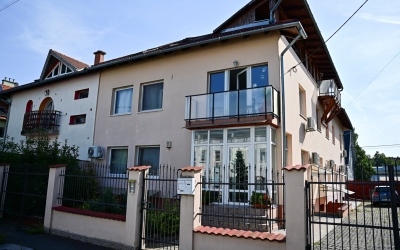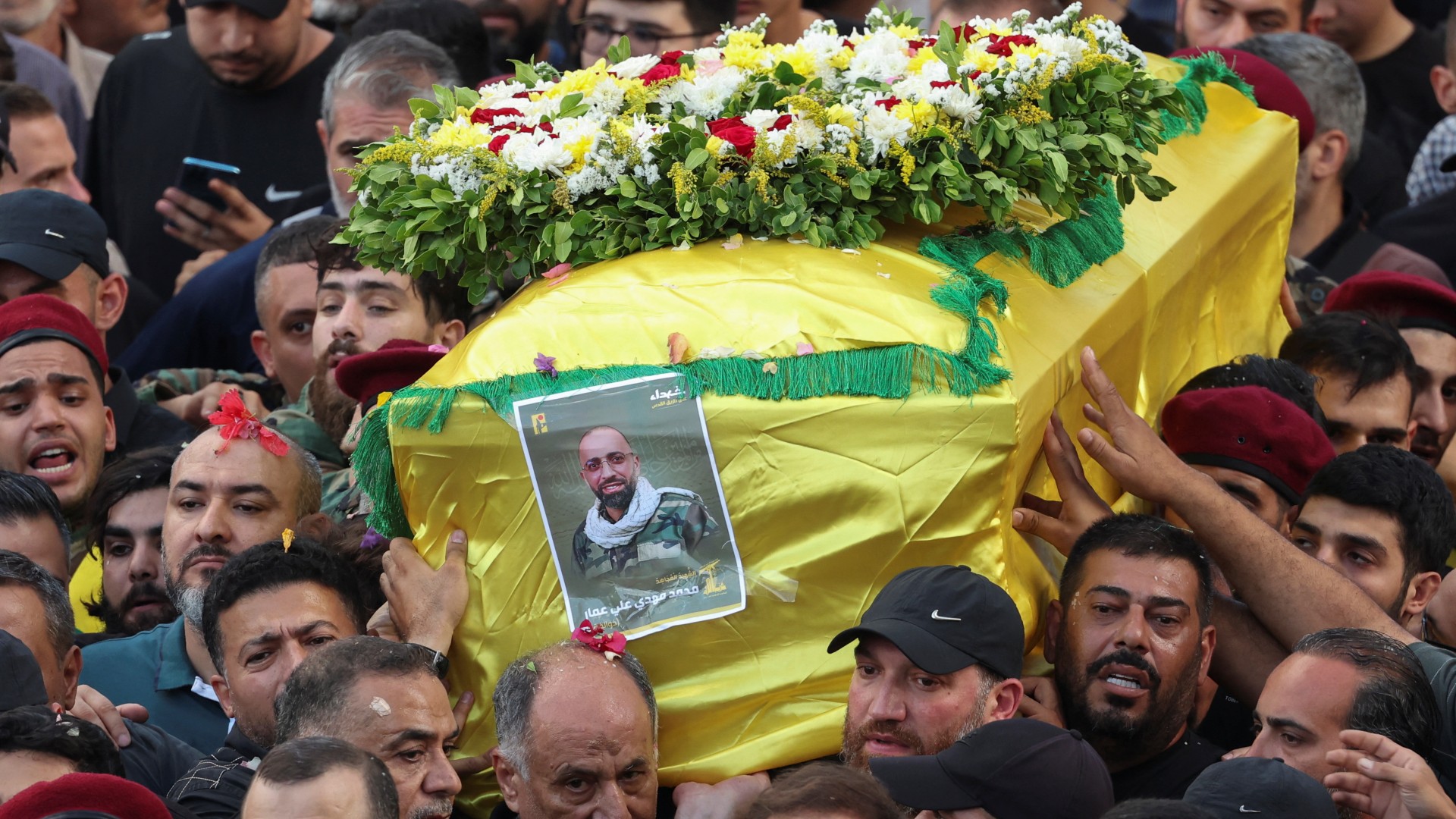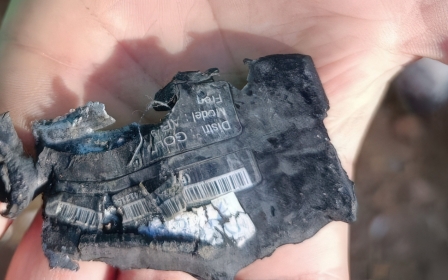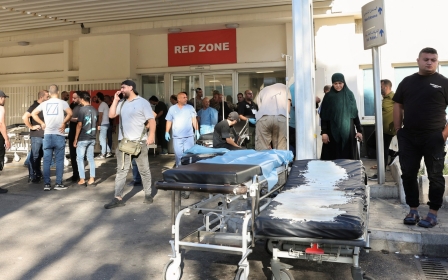Fresh attack on Hezbollah's devices kills 14 across Lebanon

At least 14 people were killed and hundreds wounded on Wednesday when handheld radios used by Hezbollah detonated across Lebanon, in the latest Israeli attack on the Lebanese movement.
Exploding devices were reported from Tyre and Saida in the south to Sohmor in Lebanon's east, setting fire to buildings and vehicles, and wounding at least 450 people, according to Lebanon's health ministry.
In Beirut's southern suburbs, one blast struck while hundreds of mourners gathered at a funeral organised by Hezbollah for those killed in a near-identical attack the day before, where thousands of pagers used by the movement detonated.
Twelve people were killed and nearly 3,000 wounded in Tuesday's blasts, an incident that drew horror and fury from Lebanese across the political divide. Two children and four health workers were among those killed by the pagers.
As the sound of the explosion echoed over the tightly secured funeral site on Wednesday evening, the crowd dispersed in panic, with roads out of Beirut's southern suburbs, known as Dahiyeh, becoming congested as cars tried to leave the scene.
New MEE newsletter: Jerusalem Dispatch
Sign up to get the latest insights and analysis on Israel-Palestine, alongside Turkey Unpacked and other MEE newsletters
Ambulances and fire trucks raced through the city for the second time in two days.
“I am now just going to see if my family is okay,” a man who fled the funeral told Middle East Eye, explaining that his relatives live in a building frequented by Hezbollah members. Dahiyeh is a large area home to many of the party's supporters and members.
“Dude, throw away that device of yours,” MEE overheard one man saying to another.
Though Israel has not commented directly on the device attacks, Israeli Prime Minister Benjamin Netanyahu said he promised the thousands of Israelis displaced by cross-border fighting would return to their homes.
Yoav Gallant, Israel's defence minister, said: "We are opening a new phase in the war."
Israel and Hezbollah, a movement born out of resistance to Israel's 1982-2000 occupation of south Lebanon, have been fighting for almost a year.
Their latest conflict began when Hezbollah started firing rockets at Israel to help relieve pressure on Hamas as the Israeli military began its war on Gaza in October 2023. The fighting has killed hundreds of Lebanese, mostly Hezbollah fighters, and dozens of Israelis.
Though Israel regularly threatens to invade Lebanon in response, Hezbollah insists it does not seek escalation and will end its strikes once the Israelis agree to a ceasefire with Hamas in Gaza.
Russia and Egypt said Tuesday's attack was an attempt to drag the region into a wider war. UN secretary general Antonio Guterres said civilian objects should not be weaponised.
'Like a nightmare'
Both Tuesday's exploding pagers and the radios that detonated the next day were reportedly imported to Lebanon by Hezbollah about five months ago.
The Gold Apollo pagers were tracked back to a Taiwanese electronics manufacturer, which said a Budapest-based firm had licensed his company to manufacture the pager.
Several media reports said Israel's Mossad intelligence agency planted explosives in the pagers.
A source close to Hezbollah told MEE that the pager attack was a "shock" to the movement's "security apparatus" and an investigation was immediately launched.
“The person who ordered the pagers is a businessman with links to the party. He was given a very good price for the devices,” the source said.
“It was negligence on the part of Hezbollah because they didn’t closely inspect or test the pagers as they should have, given that they trusted the person who procured them.”
Elias Jradeh, a member of parliament and an ophthalmologist, said the injuries he had seen on Tuesday while operating at a hospital where severe cases were transferred were widely concentrated in the eyes, face and hands.
“Many people were holding the pager to their faces to read the message they had received when the device exploded,” Jradeh told MEE.
“They suffered damage to one or both eyes and in some cases the damage was irreparable. Others also suffered facial disfigurement.”
According to a source close to Hezbollah, the pagers that detonated were not being used by fighters, but rather by the party’s wide network of civilian members working in different institutions, including medics, administrators, media workers, and others.
The source said the pagers are generally used for directives, summonings, emergencies, or to indicate a state of alert.
Describing the moment the coordinated pager detonations took place, a resident of Dahiyeh told MEE: “You could hear popping sounds all around the street. People were literally being blasted one by one. It was surreal, like a nightmare.”
People from across Lebanon rushed to donate blood amid an atmosphere of support and solidarity with the victims of the attack that has horrified the country, with many describing it as “indiscriminate” and “terrorist”.
Middle East Eye delivers independent and unrivalled coverage and analysis of the Middle East, North Africa and beyond. To learn more about republishing this content and the associated fees, please fill out this form. More about MEE can be found here.






